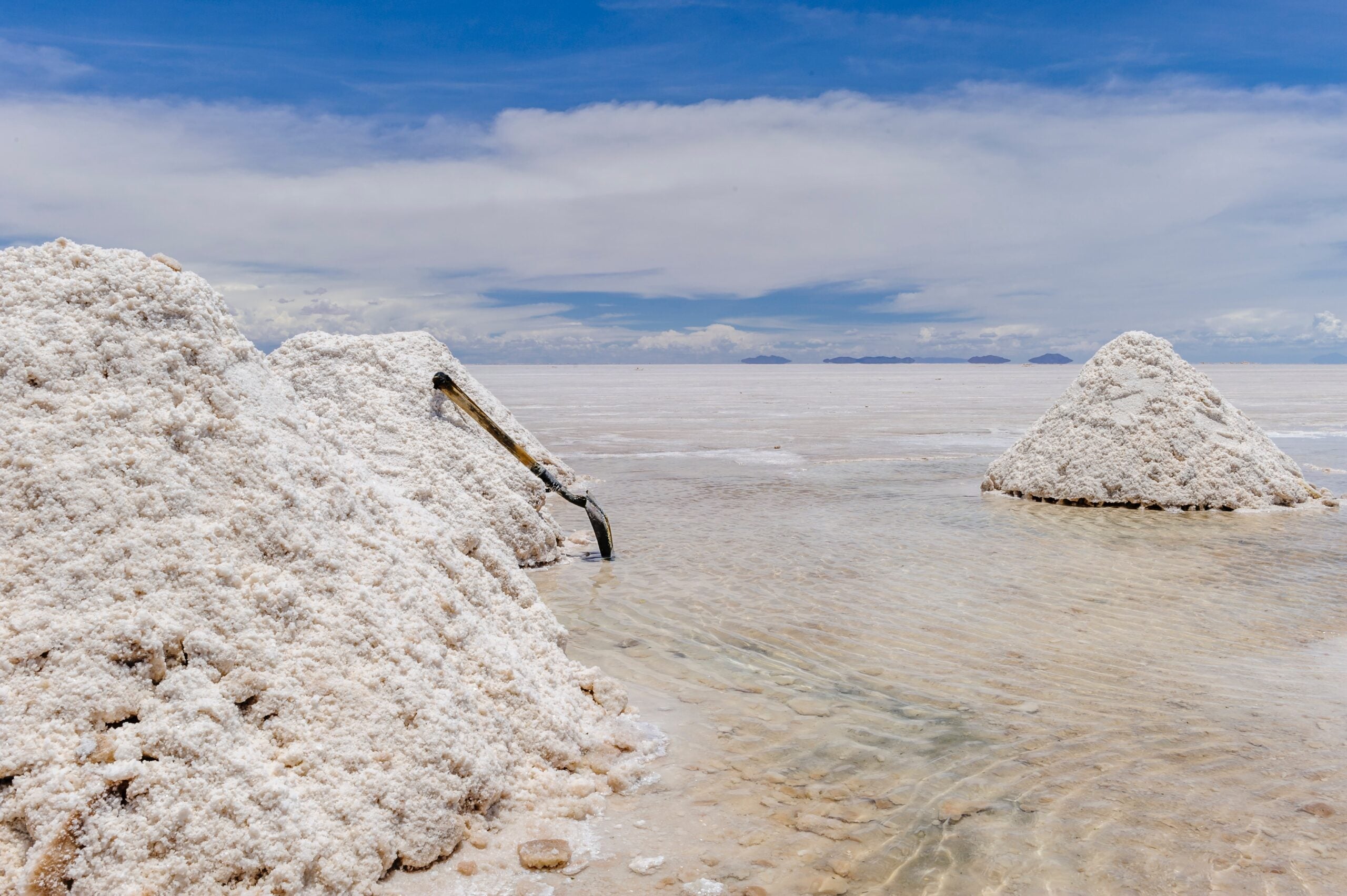
A new scientific paper has outlined a potentially inexpensive way to extract lithium from seawater.
The paper, published to the Energy & Environmental Science Journal, included an economic analysis suggesting that the process would prove profitable at current resource prices.
How well do you really know your competitors?
Access the most comprehensive Company Profiles on the market, powered by GlobalData. Save hours of research. Gain competitive edge.

Thank you!
Your download email will arrive shortly
Not ready to buy yet? Download a free sample
We are confident about the unique quality of our Company Profiles. However, we want you to make the most beneficial decision for your business, so we offer a free sample that you can download by submitting the below form
By GlobalDataResearchers from the King Abdullah University of Science and Technology in Saudi Arabia produced lithium phosphate with a purity of 99.94% by enriching water from the Red Sea.
Current seawater extraction techniques find it difficult to separate lithium from competing ions of sodium, magnesium and potassium. Moreover, the low lithium concentration of approximately 0.2 parts per million (ppm) makes separation expensive.
However, almost all of the world’s lithium lies in the world’s oceans. Lithium reserves on land are expected to be fully depleted by the year 2080, according to an academic article from 2018. As global electrification continues, battery manufacturers have warned that lithium demand may soon outgrow production.
The process detailed in the paper used an electrolyte membrane to ‘sieve’ lithium ions from the water. After 2,000 hours of use, the lithium lanthanum titanium oxide membrane showed ‘negligible’ decay. Using electricity, the membrane concentrate lithium ions in a separate solution up to over 9,000 ppm.
Researchers then electrolysed this solution to create 1kg of lithium phosphate using approximately 76.3kWh of energy. This process also created byproducts of hydrogen and chlorine, each with their own resale value.
The paper’s economic analysis used an electricity price of $65 per MWh to calculate its profitability. Using $5 of power, the process created $6.9-$11.7 of hydrogen and chlorine as byproducts. Lithium prices have varied significantly over the past year, and different concentrations demand greatly different prices. However, a conservative estimate would give a return of at least as much as the byproducts.
After the process, the used seawater contained less than 500ppm of salts, allowing it to be treated into freshwater. This could provide further profit if treated appropriately.
However, this study worked on a relatively small scale, and commercial operations would require further tests. Also, the use of rare earth metal lanthanum in the process’s membrane could drive up costs, as rare earth metals face their own shortages.




